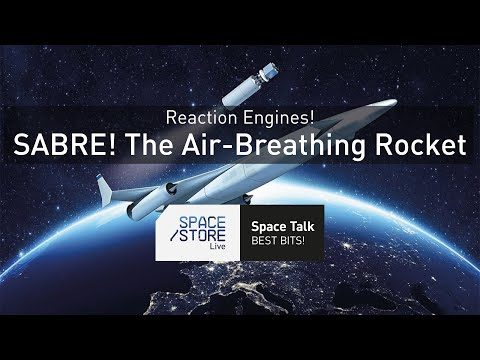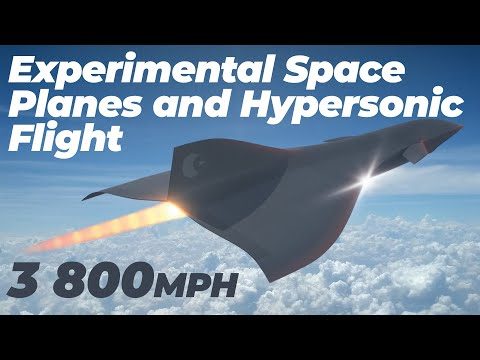The Foreign Comparative Testing campaign was a success. Reaction Engine’s joint U.S. and UK team achieved over 10 megawatts of transferred thermal energy using the same style of precooler tested under the HTX campaign. This result was more than three times the energy transfer achieved in our previous test program. The results from this test further expand the operational envelope of our heat exchanger technology and prove its rightful place in the high-Mach regime.
They will develop an air breathing engine. This will mean they will not need to carry the liquid oxygen. Liquid oxygen is most of the mass for rocket fuel.
Traveling at high speeds heats up the air. They need to cool the air very rapidly to make an efficient hypersonic engine.
They are still working on the critical technology. They have not built and are still years from building the actual hypersonic plane. Still, congratulations to them on progress.









Reaction Engines Skylon targets flying to 26 km altitude at Mach 5 using air, the effective exhaust velocity is around 14 km/s. At that point, the exhaust velocity drops to 4.5 km/s burning LH2 and LOX. It still gets 4.6% of takeoff mass to orbit compared to 2% for SpaceX StarShip.
SpaceX Starship should be flying very soon. SpaceX StarShip When LNG was $600/ton would have fuel for each launch at a cost of $640,000. Unfortunately, LNG (liquid Natural gas) prices have gone up by a factor of 4 due to the War in Ukraine.
Brian Wang is a Futurist Thought Leader and a popular Science blogger with 1 million readers per month. His blog Nextbigfuture.com is ranked #1 Science News Blog. It covers many disruptive technology and trends including Space, Robotics, Artificial Intelligence, Medicine, Anti-aging Biotechnology, and Nanotechnology.
Known for identifying cutting edge technologies, he is currently a Co-Founder of a startup and fundraiser for high potential early-stage companies. He is the Head of Research for Allocations for deep technology investments and an Angel Investor at Space Angels.
A frequent speaker at corporations, he has been a TEDx speaker, a Singularity University speaker and guest at numerous interviews for radio and podcasts. He is open to public speaking and advising engagements.








